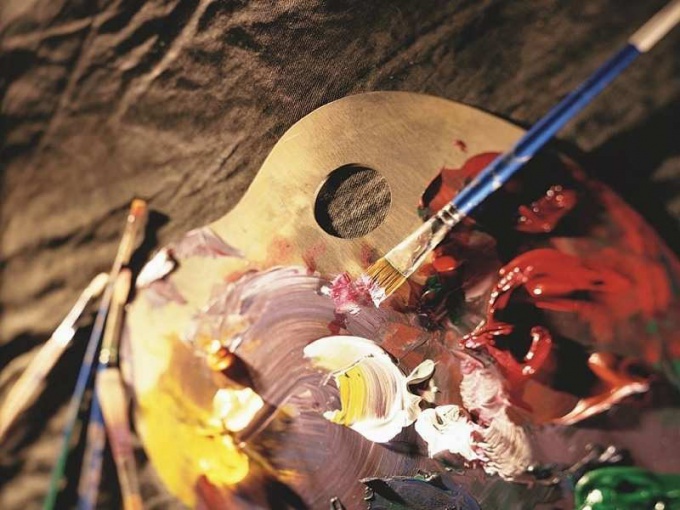Instruction
1
Before you start painting oil, prepare a sketch of the future picture. You can run it in pencil on a sheet of paper or applied directly to the canvas using natural sketch or copying a reproduction or photo. Follow spatial and color composition. Even the smallest petal, misspelled, may damage the picture.
2
To begin writing would be best from the upper left corner of the canvas. By default, there is almost always the lightest or the most significant area of the picture that is connected with features of human light and color perception. For example, place bright orange rose. Set the edging of the petals dot strokes, then lightly blend them, gradually moving to the core of the Bud. The stem is better to write long flowing strokes in the middle, lighter on the sides – a darker paint.
3
Such flowersas pansies, to draw on the canvas much easier than it might seem at first glance. However, watch for color changes and not write them all in the same manner, so they didn't look flat. Here, on the contrary, should start with the core, slowly moving to the edge of each petal.
4
Follow the white color. Don't forget that even if you want to depict just a bouquet of daisies, each petal is distinct from another, so every time you may need another shade, and the other smear technique.
5
Small flowers (like lilacs), you can draw accurately, petal by petal (only ensure their proper location) or a bit of shade paint, marking only the core of each of them.
6
If you intend to write and a vase, just keep this in mind and in the composition on the canvas, and light and color transitions. Do not forget that the composition can be hopelessly damaged if you place the center of the bouquet strictly in the middle of the canvas. If this happens, place in the upper-right corner or closer to the lower left of any flower, stem, petal, which is a bit of her balance.
